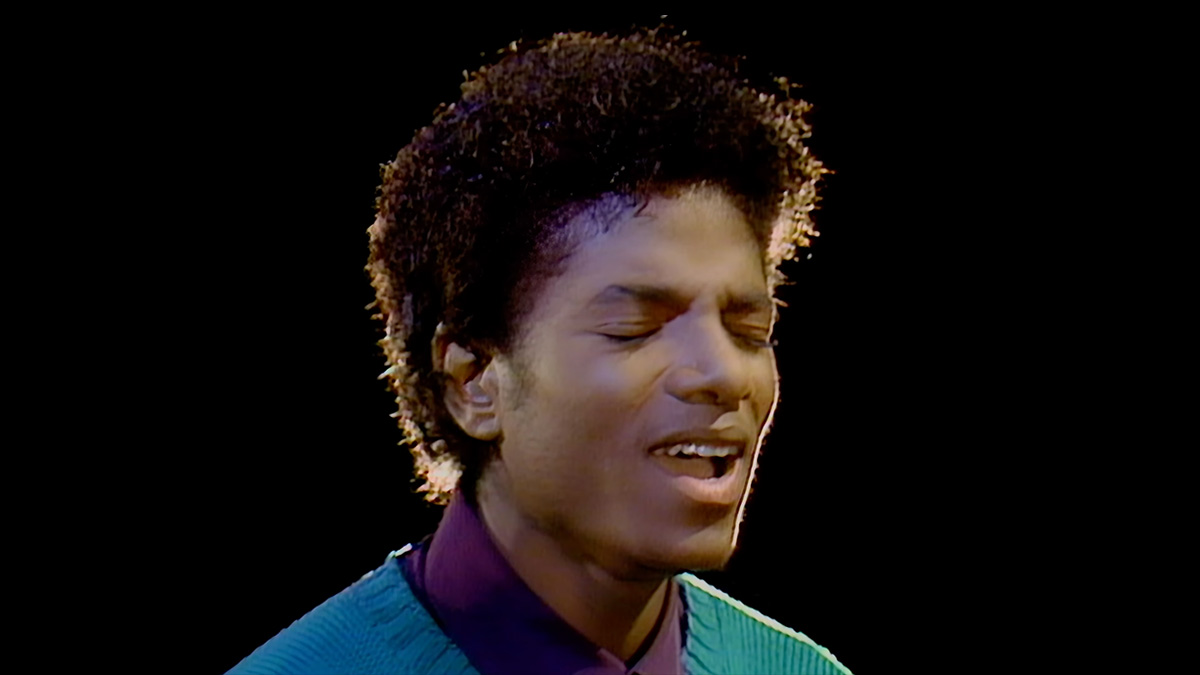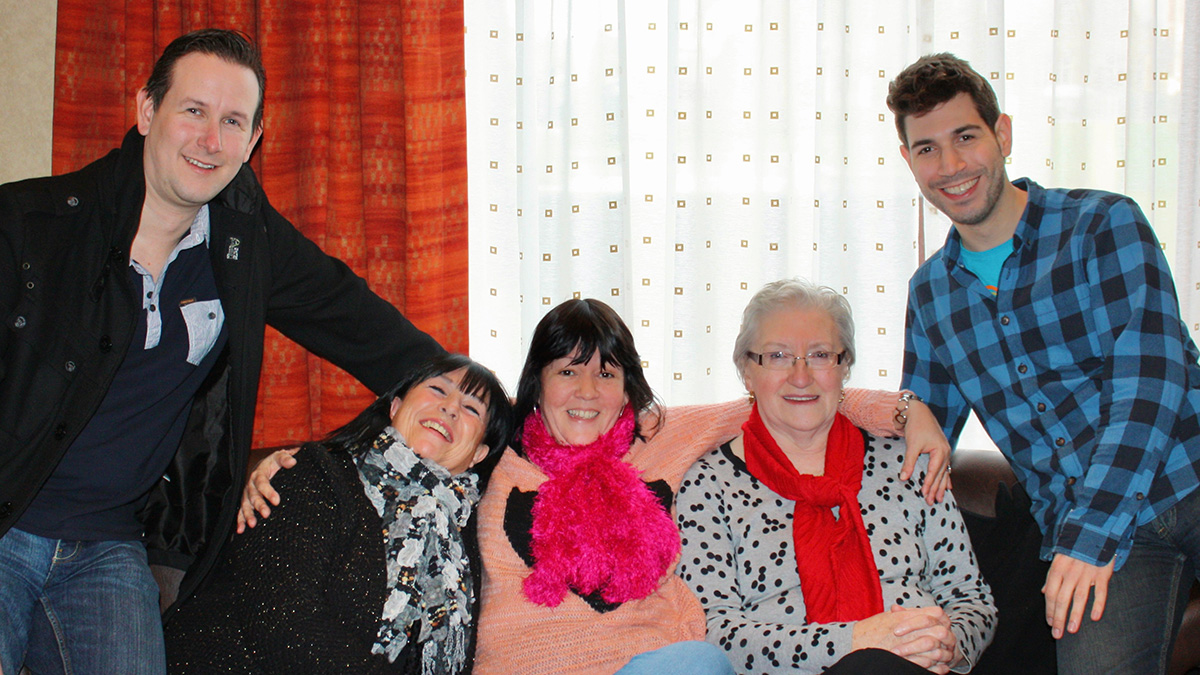Court Report
Mr Walgren began the cross-examination of Dr White, the Defense’s final witness.
His questioning was confrontational and he asked Dr White to expand and explain some of his statements to the Defense attorneys questions, specifically, whether respiratory depression is a risk associated with Propofol. Dr White answered that airway problems are fairly unusual unless there is a very large dose or it is combined with opioids.
Mr Walgren then asked how much he was being paid as a consultant on this case. He said that he had received around $11.000 in total. He was evasive as to the amount he was expecting to receive after the case, but stated that his normal rate was $3,550 per day. He had already been in attendance for twelve days and he was not expecting to be paid that much for the rest of his appearances, as the Defense does not have much money! He does hope that he will be reimbursed for his travel costs though.
Mr Walgren asked if he had ever had a patient who had stopped breathing. Dr White answered that he had and Mr Walgren asked him to describe what happened then. He spoke of the assisted ventilation procedures with the use of a bag and mask, or a tracheal tube, or and LMS Device. He said that he had always been successful using those methods.
Dr White was next asked what he understood by the Doctor/ Patient relationship. He spoke of responsibility, understanding, compassion and doing the best to meet the patient’s health care needs. Asked if he knew the phrase; “First do no harm,” he said he did.
Mr Walgren asked if he agreed that administering Propofol does harm. He replied; “No.” Asked if Murray had violated the oath, he answered that he was merely providing a service to Michael. He was asked if he would provide Propofol to a patient for money and did he understand that Murray was receiving money to provide it to Michael every night? He replied by saying that he did understand that, but considered that the money was just to secure his services as a doctor to a single patient and both shared responsibility for any decisions.
Next he was asked by Mr Walgren what a doctor should do if asked to administer inappropriate medical care. He answered that he would never do it and would walk away.
Mr Walgren then moved on to the care Michael had received, and Dr White thought that as Murray had watched him sleep for thirty minutes and then left the room, that he was within the standard of care required. He said that the pulse oximeter was in place but had to agree that without an alarm which could be seen and heard it had no value.
The 25mls of Propofol which had been administered, according the Murray, would have been within a safe range, but if it were added to the Lorazepam and Midazalam, would he then pay more attention, Mr Walgren asked. Dr White said that if the Propofol had been applied very slowly, the combined drugs would not have reached a peak level.
Next Dr White was asked if he was comfortable leaving a patient alone with no monitoring and how would he feel in Benzodiazepanes were added to the mix. Would that be an acceptable standard of care? He admitted that he would not leave his patient alone. If he knew a patient liked to ‘push’ the drug himself, would he walk out and leave him alone? He replied; “no!”
Mr Walgren continued his pounding of the witness, asking if he could justify Murray’s failure to call 911 for twenty minutes. Was that an extreme deviation from the standards of care? Did Murray act like he was well-skilled in handling cardio-pulmonary arrest? Dr White thought he was probably anxious and nervous at the time and Murray was in an isolated area of the house! He admitted he would have done things differently and would have initiated cardio-pulmonary resuscitation. With no personnel and no equipment would he have called 911? Mr Walgren asked. “Yes,” but he knew the house had a secure perimeter and no phone lines. Mr Walgren stated; “He had a cell phone and could have dialled 911,” adding he had called Michael Amir Williams and asked him to hurry, but did not ask him to call 911. “When he called, his call went to voicemail so he left a message. Why did he not call 911 instead?”
Mr Walgren went on to speak of the thready pulse Murray said Michael had when he found him and stated he should have called for assistance then.
The next point he raised with Dr White was Murray’s moral and ethical duty to reveal all medications Michael had been given to the Paramedics, but Dr White thought he may have found it difficult to recall the details and it was overlooked that he had give Michael Propofol.
The same detail was also “overlooked” at the ER at UCLA! “Perhaps,” said Mr Walgren, “it was a lie.” Dr White agreed that was another option.
Mr Walgren then moved on to Dr White’s letter to the Defense counsel which suggested that it was his opinion that Michael could have drunk the Propofol, which opinion he later withdrew. He also asked who was responsible for the Propofol in Michael’s home, to which Dr White stated that Murray was, but Michael had his own supply. Mr Walgren asked him to substantiate that claim, saying; “You keep coming up with these rehearsed theories.” At this the Judge sent the Jury out and Dr White was fined $1,000 for again mentioning things in court which he had discussed privately with Conrad Murray.
When the jury returned, Mr Walgren continued his cross examination referring to the IV line found at the scene, getting Dr White to admit that it was an easy item to conceal if required.
Dr White referred back to the Preliminary hearings, when Mr Flanagan, the Defense attorney had approached him and asked for his assistance. He had only had about two days to prepare his preliminary thoughts, replying in a three page letter and had not written a further report for the Defense. His opinion then had been that Michael had self administered the Propofol either intravenously and/or orally. Asked if Flanagan had raised the question with him and encouraged him to pursue that line of enquiry, he insisted that he had only quoted reasonable possibilities. His new theory, he said, involved a more in-depth look at the facts and he now thinks that a rapid injection of Propofol and swallowing eight x 2mls of Lorazepam were the cause of death.
Mr Walgren asked if he believed Murray’s statement to the police. He answered that he did. “You believe he told the truth?” “Yes,” he replied. So his theory was that Michael had self-administered the Propofol and that Michael has taken eight Lorazepam tablets. Mr Walgren then asked if he had any other theories other than Michael did it himself. “No, I don’t believe so,” Dr White replied.
Mr Walgren asked Dr White where he thought Murray was when Michael took the drugs. He answered that he may have been in another part of the room. He also said later that Murray had been on the telephone for thirty-five to forty minutes.
Mr Walgren asked if he thought Murray had drawn up 50 mls of Propofol and 50 mls of Lidocaine and left it where Michael could get it. He said he believed he did. He asked Dr White to try to explain how Michael could have done that. The doctor said he may have got out of bed to reach the syringe. Mr Walgren pointed our that Michae had on a condon cathether and an IV line attached to a drip stand. The IV stand is on wheels, the doctor pointed out and he could have placed the syringe into the port on the side of the IV line. “Murray could have done it if he wanted to harm Michael,” said Mr Walgren, “or did Michael do it to harm himself?” “No,” said Dr White and he explained that he thought Michael did not know it would harm him and it made no sense as he just wanted restful sleep, He said that Murray had given him the Propofol every night for two months, by a bolus followed by an infusion. Murray returned to the room after a two minute absence and found Michael not breathing. He checked the pulse oximeter which had a reading of 122 heart-beats and he felt for a pulse which he said was a thready femoral pulse. Dr White also guessed that may have been his own pulse he could feel, as he was under stress. Mr Walgren continued to question Dr White intensely, saying that those facts did not support his previous theory that Michael had died instantly.
Concerning Murray’s statement to the Police, did Dr White tell the police everything? Mr Walgren asked. “Yes!” Dr White replied. Mr Walgren asked if he forgot to tell the ER staff about the Propofol and if he told the truth about the drugs? Again, Dr White answered “Yes.”
Mr Walgren moved on to some models Dr White had received from Dr Onelis, an expert in pharmacokinetics. Dr White had asked her to calculate the amount of free Propofol in the urine and she had made pharmaco-kinetic models to assist him in his testimony. Dr White had given her no data or assistance, but she had watched the case on television and used the date she had heard there. Dr White had spoken to her only once while he was staying at Flanagan’s house.
Mr Walgren itemised each one of these models, much to Dr White’s chagrin. The details were rather detailed and sometimes the witness agreed with them and sometimes not. She had also made some mistakes in her timing and amount levels, but Dr White had relied on them in his testimony.
Various studies into Propofol were discussed again, but each time it showed that oral ingestion had no effect on the patient of the animal tested , and yet Dr White had attributed it as a cause of Michael’s death, Mr Walgren pointed out. The models/graphs showed a degree of variability, but the differences were insignificant to Dr White.
Mr Walgren turned his attention to the required standards of care when any doctor treats any patient citing all the previously discussed standards while under sedation. Dr White had to admit that even if no procedures were being undertaken, a patient under sedation must have exactly the same rights as any other patient. The doctor needed to have a complete medical history and must be monitored at all times to ensure safety. In addition, there needs to be all the necessary equipment available in case of a problem such as airway blockage. Any deviation from the required standards of care could not be tolerated. Where ever the patient was, in hospital, in a clinic, in a private home, anywhere, the standards must be exactly the same.
After a heated discussion on the doctor’s failure to check out the models supplied to him by his colleague, Mr Walgren had nothing further.
Flanagan began re-cross examination. In a much more sedate tone, he asked the doctor if a patient was obviously not breathing and appeared to be dead, in a secure property with a security detail outside the house near the kitchen, should he have asked the person in the kitchen to get security? Dr White said he should have assessed the problem, which would take about two minutes, attempted mouth to mouth for three minutes then called for help.
Flanagan discussed the IV line and the venting port comparing the line in evidence with a new example. The doctor said that the cap on the venting port on the used line appeared to have been cut off, perhaps with scissors. Flanagan asked if Murray could have concealed the missing IV line. The doctor explained it would be very messy as it would still contain dregs of Propofol which is very sticky.
Source: MJWN
 Est. 1998
Est. 1998











